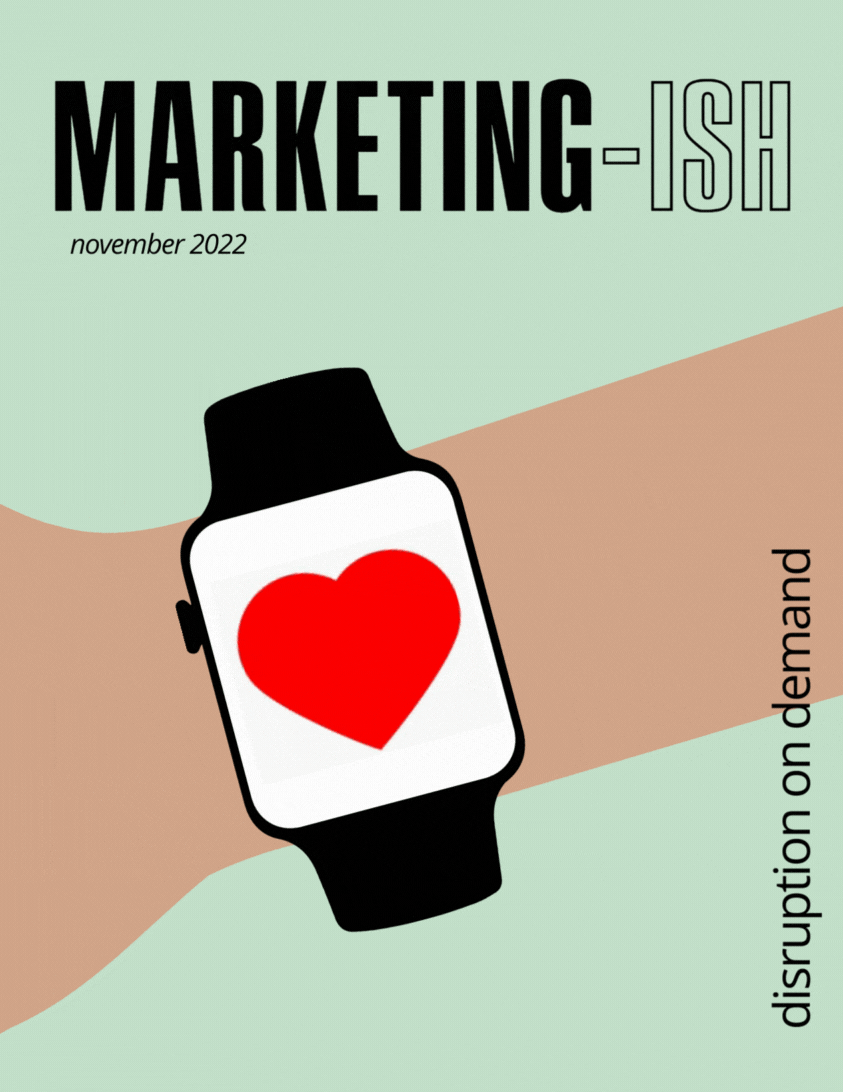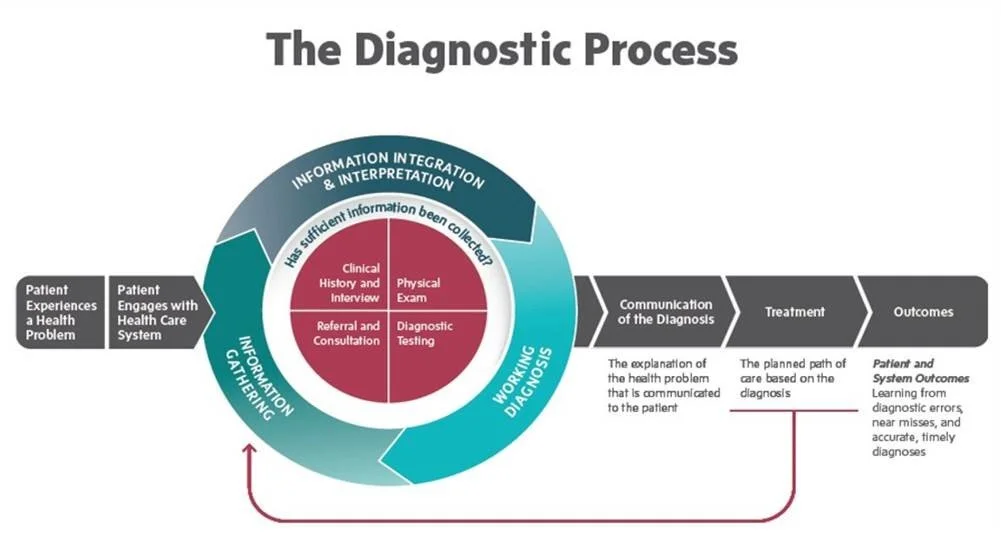Your Apple Watch and You: How Your Personal Activity Tracker Could Influence Healthcare
Cover Art by Eman Azrak
According to Apple’s Chief Executive Tim Cook, Apple’s “greatest contribution to mankind will be in health” (Winkler). Apple has a vision of disrupting the healthcare system as we know it, such as providing clinics run by Apple and Apple-employed physicians. Although this vision has a long way to go in its implementation, today Apple focuses on the marketing of its wearable technology darling, the Apple Watch. Needless to say, the Apple Watch has a plethora of features that are designed to improve our personal health. From the variety of mindfulness and health-centered apps on the App Store to the built-in activity tracking functions, the Apple Watch has the ability to record precise health data for users.
The Apple Watch tracks your heart rate throughout the day, notifying you of any unusually high heart rates or irregular heart rhythms, which may indicate an underlying health condition. The electrocardiograph (ECG) app provides an ECG for users to make informed decisions about their heart health. Blood oxygen levels and a fall are detected and recorded which is used for future health evaluations. The main use for many users is the activity app, which tracks calories burned, time of exercise, and number of hours standing each day. These are only a small amount of features offered by Apple Watch, but the key point to take away is that Apple is successfully individualizing health data. This has the possibility to be used by healthcare professionals to better the quality of care. More individualized healthcare may indeed be the future, as the tailoring of medications or treatments can be tweaked for each person on-the-go. The preliminary health data that is provided by Apple Watch can support physicians in their diagnoses and recommendations. For example, if a physician recommends an increased level of activity for a patient, the patient can utilize the Apple Watch to track this goal. The integration of health data into the current healthcare network can allow a physician to check if such recommendations are being implemented by the patient. Overall, Apple is allowing health data to become more accessible to both you and your doctor.
So, what does marketing have to do with this? Imagine a future in which Apple is successful in its plans to provide clinics run by the company where health data is immediately taken from your Apple Watch and implemented into the system. Anybody who uses such a clinic may be inclined to purchase an Apple Watch to take care of their personal health and to give the physician a better look at their daily health habits. For today’s purposes, successful marketing strategies that showcase the benefit of the Apple Watch to your general health will cause an increase in sales. Apple already has a clear target consumer segment for Apple Watch—those who have a strong focus on activity and exercise. What if Apple could expand this consumer segment to people who have a strong general health tracking focus? For example, if Apple can market the Apple Watch to a user who wants to track their heart rate or blood oxygen levels throughout the day, more potential consumers may arise. If the positioning of Apple Watch in the minds of consumers changes from an exercise and activity aid to that of a general health aid, Apple could potentially raise sales even higher than the status quo. This change in targeting and positioning may have an effect on traditional healthcare systems as well, with more reliance on Apple Watch and other personal health trackers to provide physicians with more accurate views on the patient. With a constant check on personal health, diagnosed conditions are recognized earlier and more patients are treated for their ailments. This has the potential to increase revenues for healthcare systems because generally, more patients means more revenue. It seems like healthcare systems may want to invest in such technologies, which may change the current way that healthcare is approached on a patient to patient basis.
Some insight into the way that patient care is handled in your average U.S. hospital is needed to see where Apple Watch can fit within a physician’s workday. This insight is key for Apple and other personal health tracking companies to market their product to not only potential customers, but also these healthcare systems for their product’s integration into the network. If physicians feel as though their care will not improve with such data, then Apple Watch loses out on a massive industry with large revenues. Figure 1 shows a physician’s process in diagnosing a patient. One of the parts of the process shows information gathering, in which testing can occur in order to identify any irregularities in a patient’s health. This is where Apple can market themselves to partner with healthcare systems. Through the data that Apple Watch provides for every patient, Apple may be able to market themselves as a partner that outsources information gathering, which could normally be done by healthcare systems. Apple Watch’s features are heavily focused on the heart, which will be helpful for any cardiologist wanting checks on their patients outside of the hospital. The information that is gathered may be helpful in monitoring health and reducing diagnosis timeframes due to this constant check on the patient’s health.
Already, the Apple Watch has a role for users in monitoring their activity, calories burned, heart health, and exercise time. If Apple can market the Apple Watch from mainly an exercise and activity aid to a general health aid, it will be able to target more consumers. This change of positioning within the minds of consumers will have a positive impact on the sales of the Apple Watch, potentially allowing for even larger revenues. With more people using Apple Watch, Apple will have more of a case for marketing the data they retrieve from users to healthcare systems, indicating a potential for shorter diagnosis times through data from constant health monitoring. Your Apple Watch may provide your doctor with clear individualized data before coming into the hospital, greatly influencing the current healthcare process. Both patients and physicians can benefit from more people using health monitoring features on Apple Watch, something that Apple should continue to pursue in the future.
Source: The Patient Diagnostic Process (Balogh et al.)
References
Balogh, EP, et al. Improving Diagnosis in Health Care. Committee on Diagnostic Error in Health Care, Board on Health Care Services, Institute of Medicine, The National Academies of Sciences, Engineering, and Medicine, 29 December 2015, Chapter 2: The Diagnostic Process. https://www.ncbi.nlm.nih.gov/books/NBK338593/.
Winkler, Rolfe. WSJ News Exclusive | Apple Struggles in Push to Make Healthcare Its Greatest Legacy. The Wall Street Journal, Dow Jones & Company, 16 June 2021, https://www.wsj.com/articles/apple-struggles-in-push-to-make-healthcare-greatest-legacy-11623832200.



